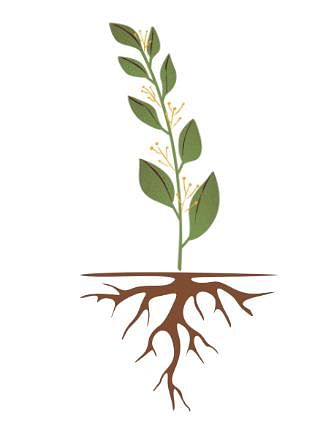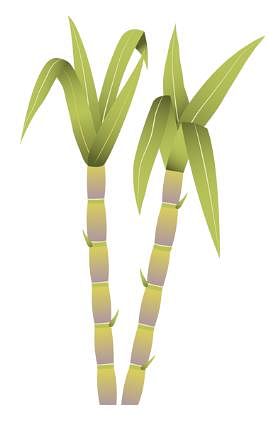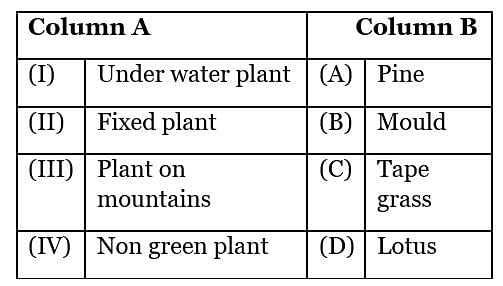Olympiad Test: Plant Life -2 - Class 4 MCQ
10 Questions MCQ Test Science Olympiad Class 4 - Olympiad Test: Plant Life -2
- ‘I’ in the description given below is ____.
I look like a nail but a bud am I,
Chocolate brown colour and a strong smell have I.
When your toothache makes you shout,
I soothe the pain in your mouth.
I look like a nail but a bud am I,
Chocolate brown colour and a strong smell have I.
When your toothache makes you shout,
I soothe the pain in your mouth.
| 1 Crore+ students have signed up on EduRev. Have you? Download the App |
One day when Ananya was holding her sunflower plant, the stem of the plant accidentally broke. Her plant died two days later. Why?
1. The plant could not transport food made by the leaves to the rest of the plant
2. The plant lost too much water through the break in the stem
3. The plant could not transport water from the roots to the leaves
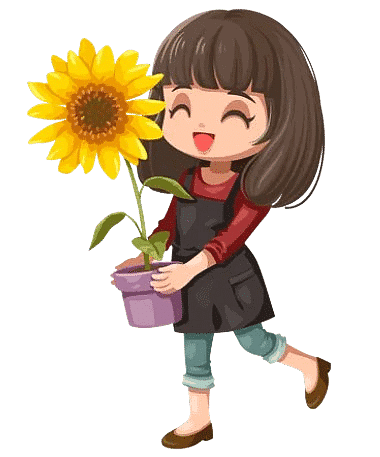
1. The plant could not transport food made by the leaves to the rest of the plant
2. The plant lost too much water through the break in the stem
3. The plant could not transport water from the roots to the leaves

This plant is found in Australia. It has very few leaves. Local people put a thin pipe into the trunk of this tree to drink water. This tree is:
Look at the following picture of leaves and identify the plant or tree name:
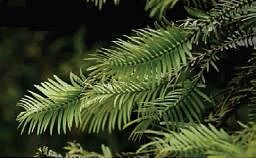
There are four plants:
Coconut tree
Cactus
Mushroom
Mimosa
Among those four, mushroom should be categorized differently because:
1. The mushroom feeds on decaying things while the rest do not
2. The mushroom is a plant while the rest are not
3. The mushroom is a fungus while the rest are not
4. The mushroom cannot make its own food while the rest can
Anish and his friends set up an experiment as shown below:
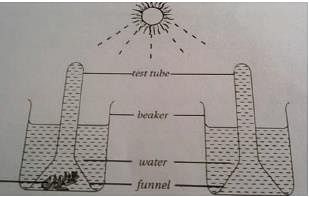
Hydrilla
They left the set-up in bright sunlight for four hours.
Q. What would they observe at the end of the four hours?
Saumya performed an activity as follows:
She took a plant with many leaves. Then she covered a healthy leaf of that plant completely with some black paper and left the plant in the open for three days. Finally she performed starch test on both the leaves.
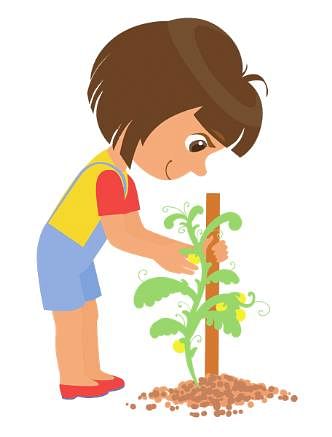
Q. What would happen?
|
53 videos|44 docs|59 tests
|
|
53 videos|44 docs|59 tests
|


